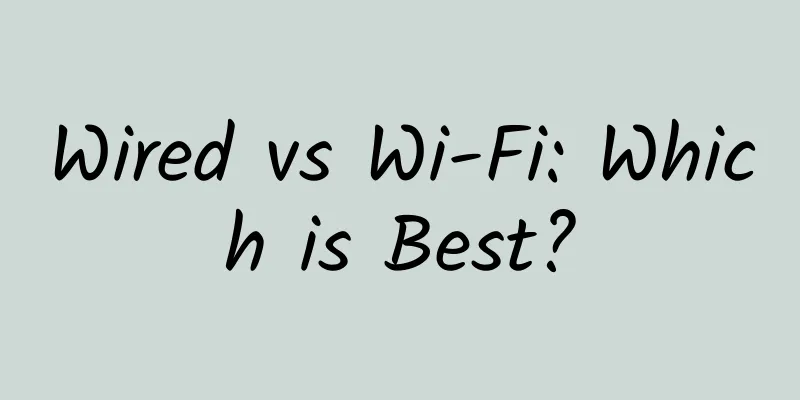Where should the JWT be stored? Did you find it?

|
I have used JWT as an authentication token in my projects in recent years. I have always had a question: where should the JWT issued by the server to the browser be stored? Here we only discuss the browser scenario, in which there are three options. CookieThe server can send the JWT token to the browser through Cookie. When the browser requests the server interface, it will automatically carry the JWT token in the Cookie header. The server can verify the JWT token in the Cookie header to achieve identity authentication. However, it is vulnerable to CSRF attacks. The solution is to set the SameSite attribute of the cookie to Strict. Cookies will not be sent across sites. In other words, cookies will only be sent if the URL of the current web page is consistent with the request target. Cookies are vulnerable to CSRF attacks as well as XSS attacks. Hackers can read the information in cookies through JS scripts. To prevent this, you can set the cookie attribute to HttpOnly.
You can set its lifetime by setting Max-Age. localStorageLocalStorage can also store JWT tokens, which is not vulnerable to CSRF. However, unlike cookies, it does not automatically carry the token in the request, and needs to be implemented through code. However, this will be vulnerable to XSS attacks. In addition, if the user does not actively clear the JWT token, it will be stored in localStorage forever. sessionStorageMost of the features of sessionStorage are similar to localStorage, but its life cycle is different from localStorage. It is session-level storage and will be cleared after closing the page or browser. SummarizeYou may notice that all 3 methods have the same disadvantage – “vulnerable to XSS attacks”. Please pay special attention to XSS prevention and always follow the best practices of XSS protection. in conclusionAll three forms are vulnerable to XSS attacks, so if you have high security requirements, you need to configure them specifically. Among the three methods, Cookie provides a bunch of security options, such as SameSite, HttpOnly, etc. Therefore, it is best to use Cookie. This article is reprinted from the WeChat public account "Coder Xiaopangge", which can be followed through the following QR code. To reprint this article, please contact the WeChat public account of Coder Xiaopangge. |
<<: Facing Huawei 5G, the United States is showing its hand
>>: Aruba Again Named a Leader in Gartner Magic Quadrant for WAN Edge Infrastructure
Recommend
Overview of the five major 5G wireless technologies
Two of the five most important wireless technolog...
DYXnet selected as a member of the SD-WAN+Informatization "Pilot" program to jointly promote high-quality development of the industry
On May 27, 2024 , the 2024 SD-WAN+Innovation &quo...
Huawei Enjoy 10S comes with 48MP ultra-wide-angle AI triple camera, empowering photography for 1,000 yuan smartphones
This afternoon, Huawei's new product launch c...
A hybrid optical-electric cable solves the problem of intelligent manufacturing network layout
Manufacturing has always been the lifeline of the...
Is 5G really useful? Please give technology some time
[[393766]] What is 5G network? "5G" act...
Broadband speed-up guide: It is difficult to experience a free 200M broadband speed-up
As early as the World Telecommunication Day event...
GreenCloudVPS: Japan VPS with 500GB hard disk for $50 per year, KVM, available in Osaka & Tokyo
I have shared information about GreenCloudVPS sev...
These four routers are the most worth buying during the shopping festival, covering all high, medium and low end
[[432368]] This year's 11.11 Shopping Festiva...
RAKsmart: Dedicated servers from $20/first month, high-security servers from $79/month, cluster servers/1~40G high-bandwidth servers, etc.
RAKsmart launched the "New Year's Big Di...
Sina Weibo Hou Qinglong: Weibo LNMP architecture in the new era
【51CTO.com original article】Just last week, the W...
The bitterness and helplessness of the three major operators due to repeated delays in 5G packages
In June, the three major operators who obtained 5...
IPv6 large-scale deployment is ready to go, and the Internet of Things may become a "killer application"
With the exhaustion of IPv4 address resources and...
Let’s talk about SRv6, the “super internet celebrity” in the communications industry
In this last technical article of 2020, I will ta...
Maxthon Hosting: Unpopular CN2 Data Center, German CN2/Netherlands CN2 (Anti-complaint), 2G memory package starting from 60 yuan per month
In January, we shared the news about Maxthon'...
The seven-layer network model and TCP, UDP, what happens in an HTTP request
[[267883]] 1. Seven-layer network model The http ...






![[11.11] Standard interconnection: 300 yuan/month-8 cores/16GB memory/30+500G hard disk/30M bandwidth/32IP/US data center](/upload/images/67cabd17295d9.webp)


